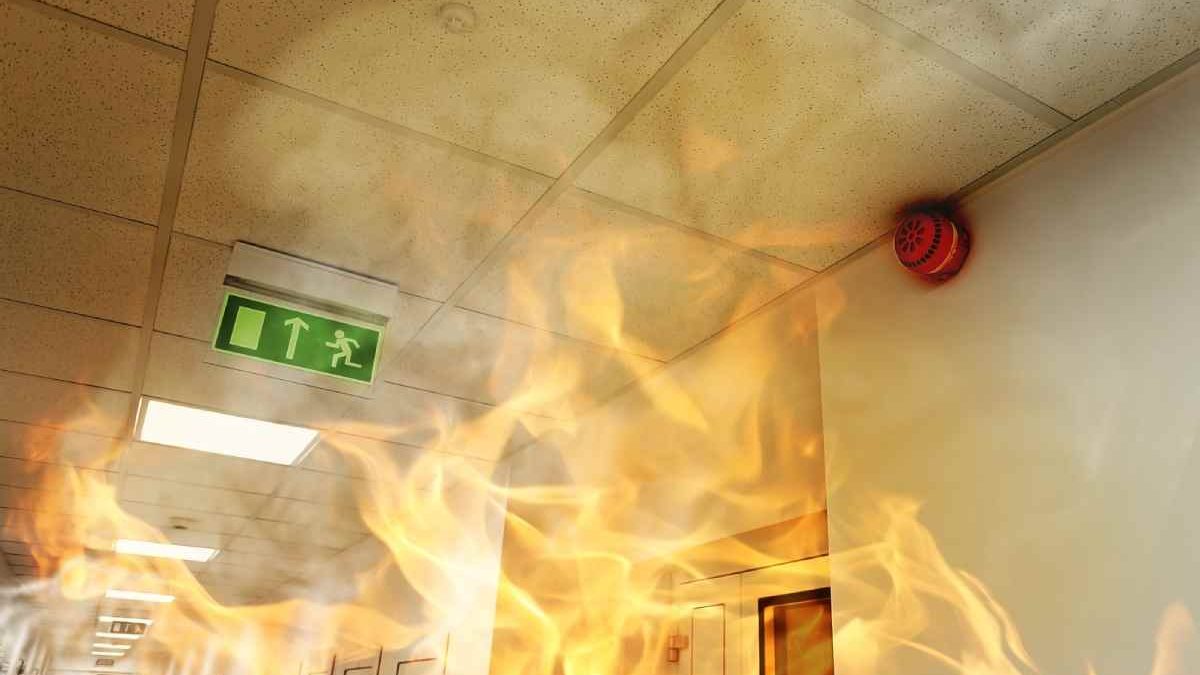Fires can be catastrophic and, if you’ve been unlucky enough to have had a fire at your business, you’ll know how difficult it can be to deal with the aftermath. Along with the risk of serious injury or even death, serious shop fires can cause road closures and significant damage to buildings.
Recovering from such a devastating event for your business might be a long process but it’s possible to get back on track with the right support. Read on to find out more about coping after a fire at your small business.
Table of Contents
Immediate response
If you’re present during the fire, you need to act quickly. It’s essential to evacuate all staff, customers and visitors before calling emergency services. Activate fire alarms and sprinklers, if you have any, and don’t go back into the building.
Safety should always be your first priority. You can think about recovering your lost possessions later, which could offer protection if you’ve obtained insurance for your shop.
What should you throw away after a fire?
It might be tempting to keep hold of things that you find in the rubble in the hope of eventual restoration or repair. However, even if it might feel upsetting to discard of any sentimental or valuable items, you’ll need to make pragmatic decisions.
Any damaged perishable or non-perishable food should be thrown away immediately. It’s possible that sealed glass jars and aluminium cans could be contaminated by toxic fumes so, if you have any doubts about any food stored near the source of the fire, throw it out.
Inspect any medicines and makeup products, too. If any packaging is warped from exposure to heat, chuck it out without hesitation. When it comes to bedding, clothes and other textiles, they might be salvageable with thorough cleaning and disinfecting – but should not be sold in the future.
How can you reduce the risk of a fire starting?
It’s imperative to conduct a thorough fire risk assessment – and review it regularly. As an employer, it’s your legal obligation to do so, whether you own a large company, a small, local shop, or a business within the heritage sector.
Fire risk assessments are conducted in a few crucial steps:
- Firstly, fire hazards need to be identified
- Any vulnerable staff or people at risk should also be identified
- Following these two steps, the risks should be evaluated and removed where possible
- Lastly, any findings should be recorded
After you’ve conducted the fire risk assessment, you’ll be able to prepare an emergency escape plan and train your staff accordingly. It should then be reviewed and updated regularly, especially if your office or factory space undergoes any structural or internal changes.


